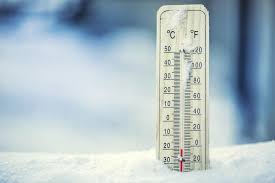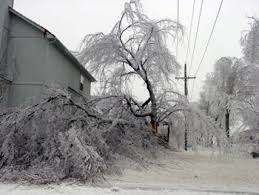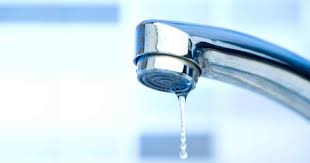
(UNDATED) – Winter can bring extreme weather conditions in Indiana, including snow and ice. These conditions can create a higher risk of property damage, including damage to your roof, interior, and plumbing.
The Indiana Department of Insurance reminds you to review your insurance policies and provides you with tips to protect your home during the winter months.
What You Need to Know
Maintaining your property before snow, ice and freezing temperatures arrive is key to reducing your risk of damage from winter weather.
Snow and Ice. There is the old saying, “Too much of anything is a bad thing.” Too much snow and ice are no exception. As snow and ice buildup on tree limbs during a storm, they can snap off and fall on the home or power lines. Heavy snow and ice can also cause unseen structural damage and even the collapse of your roof.

Additionally, ice dams can cause interior water damage after the storm has passed. Ice dams occur when heavy snow melts and then refreezes due to improper attic insulation. The ice from this refreezing works its way under the shingles of the home, which then melts due to warm attic air and causes interior water damage.

Below Freezing Temperatures. As Old Jack Frost makes his presence known during the winter months, pipes can freeze and break. Those include interior and exterior pipes, such as irrigation lines and garden hoses still attached to the home. If you live in a warmer weather climate, your interior pipes may not be as well insulated and may not withstand sustained below freezing temperatures.
WAYS TO PROTECT YOUR HOME
Prune Trees and Clear Gutters. Look at the trees around your property and cut back branches or stems that are dead, dying, diseased, or broken. Clearing the debris from your gutters will help prevent ice dams by allowing meltwater to drain freely. Use a safe and secure ladder when removing leaves and debris from gutters or contact a professional to assist you.
Insulate and Ventilate. Evaluate the insulation and ventilation (roof or soffit vents) in your attic, keeping the warm air in your home and out of your attic. Keeping the attic air cold can help minimize the freeze/thaw cycle which causes ice dams. You’ll also save energy and reduce your heating and air conditioning bills. By adding roof and soffit vents it can provide proper ventilation and insulation and help to prevent ice dams.
Protect Your Pipes. To minimize the risk of frozen and cracked pipes, detach garden hoses from your home before freezing weather begins and properly winterize your home and irrigation systems.

To protect interior pipes, leave your faucet running with a slight drip and open the cabinet doors under your sinks. This allows water to keep moving through interior pipes, reducing the chances of freezing, and also allows warm air to circulate around your plumbing lines. If winter weather causes a loss of electrical power disabling your furnace for an extended period of time, you will want to prevent water pipes from bursting. Take time now to learn how to shut off the water service to your home. Once shutoff is complete, open a faucet at the lowest level inside the house to allow for water to drain from the pipes.



